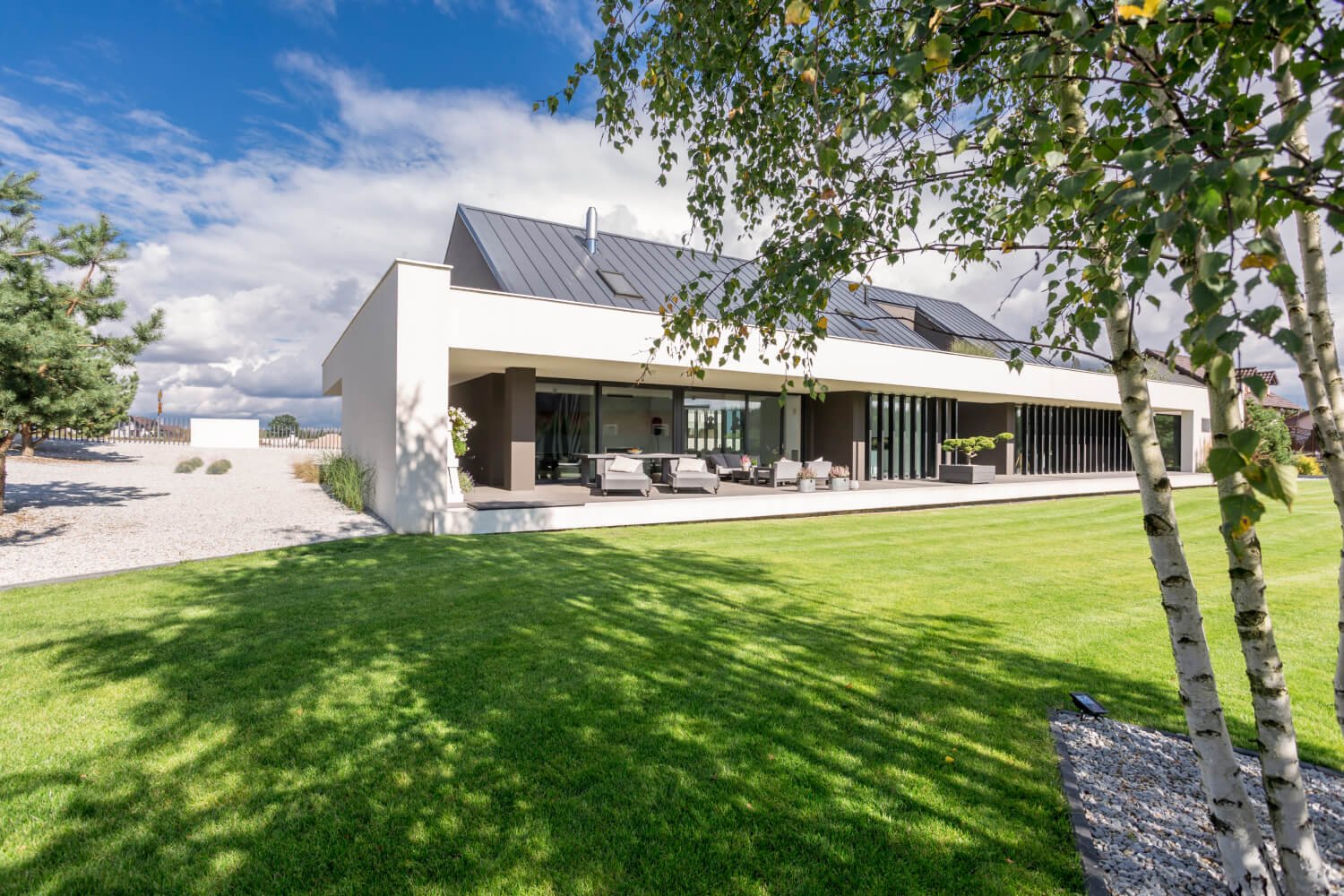Introduction
There are many things to consider when buying a property for investment. It’s important that you understand what your goals are and how the property will fit into them. You may be looking for income from the rental or trying to keep the home as an appreciation play. There are different strategies for each scenario, so it’s important that you know what they are before making an offer on anything.
Understand the difference between investing for cash flow and appreciation.
When considering a property for investment, it’s essential to understand the difference between investing for cash flow and appreciation. Cash flow is the amount of money that comes in from rent, while appreciation is an increase in the value of your property.
Investing for cash flow is a good way to make money since you can use that income to fund the next investment. However, if you want to maximize profits and recoup some of your initial investment costs faster than investing purely based on cash flow, then it’s helpful to think about how much appreciation will factor into your decision as well.
Be knowledgeable about your investment goals.
It’s important to understand what you are trying to achieve by investing in real estate. For example, say you want a certain return on your investment and want to limit your risk as much as possible. Or maybe you’re looking for long-term appreciation as opposed to short-term gains. Understanding these things will help determine whether or not buying a multifamily property would be right for you based on the type of investment goals above.
However, if done correctly and with experience in real estate investing (which comes from the time), owning multiple units can be very beneficial because of their ability to provide passive income through rental income and positive cash flow from expenses such as repairs and maintenance costs being covered by tenants’ rent payments each month instead of out of pocket by homeowners like most other properties might require before becoming profitable investments themselves after purchase costs have been paid off which typically take anywhere between 1 – 10 years depending on factors such as amount invested/debt burden ratio etcetera…
Know a target area for your investment property.
The first step in finding the right property for your investment needs is to know a target area. Knowing this will help you determine if it’s a good investment and if there are any risks associated with purchasing property in that area.
First, let’s talk about what a target area is. A target area is an area where you would like to invest because of its potential growth over time, its proximity to where you live or work, or simply because it feels right when you look at the numbers (like price/rent ratio). This means that you’re looking for something that has potential as an investment property but also works as an overall location in which to live.
Once you have identified your target areas, begin researching them further by looking up information on MLS listings and asking around with realtors who specialize in investing so they can give specific advice tailored specifically for their client’s needs (as opposed to general advice). When putting together this research ask yourself: does this location seem like it could be profitable? Will other investors be interested in buying properties here? Does it fit my criteria?
Find homes in that target area that are a good fit for you.
Once you have a target area, it’s time to start looking for properties. However, before you do so, it’s important to make sure that the homes you’re looking at are a good fit for your investment goals. For example: if you’re looking at properties in an area that has traditionally been targeted by investors but want to live in the house yourself after five years and rent it out starting in year six, then be sure that there are enough renters nearby that will keep paying rent once they move into their new home (and not just because they like living there). If not, consider another property like one where everyone is already renting when they move out of their old place or one where most of them are moving out within six months so that you can fill up with new tenants quickly and easily.
You may like: The Top 5 Trends in the Real Estate Market This Year
Understand the market analysis.
The first thing you need to do is understand the market analysis. There are many ways to do this, but one of the most important things is to look at the data. You need to look at trends and see if they’re going up or down and why.
You should also consider different factors like competition, pricing, and history when making your decision about the property. For example, if there’s a lot of competition in a particular area then you may want to avoid it because it would be harder for you to turn a profit on each sale compared with another location where there isn’t as much competition (and therefore higher prices). It’s also important not only what price was paid in previous transactions but also how long ago those transactions took place; some areas may have seen values rise significantly since 2005 while others haven’t changed much at all during that time period.”
Read Also: 6 Costs To Consider When Buying An Investment Property
Consider the home’s condition compared to its price.
The first thing you should do is consider the home’s condition compared to its price. If you find a fixer-upper that has been on the market for months or even years, it might be tempting to think “Hey, I can make this property profitable!” However, don’t ignore the fact that there may be something wrong with it that hasn’t been mentioned in its listing.
If the home is dirty and neglected but priced below market value, this could be a sign that something disastrous could happen if you buy it at such a low price—i.e., your investment won’t pay off due to unexpected repairs. On the other hand, if your dream house looks as though it was built by angels (and priced accordingly), then consider whether or not an angel should live there instead of yourself!
On top of these considerations when looking at properties for sale:
Get an inspection before you close on your property.
- Get a home inspection.
- Get a home warranty.
- Get a pest inspection.
- Request an appraisal of the property you want to buy, even if it’s already been appraised before.
- Ask for an estimate on your insurance costs so you can budget accordingly.
If you understand how the property will be part of your portfolio, you are well on your way to making smart decisions about it
If you have been investing in real estate for a while, it’s likely that you understand the difference between an investment property and one that is just your home. But if this is your first time buying a house, or if you are looking to increase the number of properties that you own, it may be helpful to think about how each house can fit into your portfolio.
There are two main reasons people choose to invest: appreciation and cash flow. If you’re investing for appreciation alone, then it makes sense for us to buy on the nicer side of town because we want our investment to be worth more as soon as possible—and there will always be some value in having a nice-looking yard. If instead, we want good cash flow from our rental properties (i.e., money coming in from tenants every month), then we’d probably be better served by looking at homes with less expensive repairs required when they move out so that we don’t lose money paying their rent while their unit gets fixed up again after they leave (which means finding units where tenants aren’t likely to stay very long).
Ask yourself what kind of investor I am. Do I want quick profit? Or do I love real estate enough so much as where I’m living now never feels like home without one?”
Conclusion
The property you choose for your investment portfolio can be a good way to diversify your portfolio and add some value. As with any investment, there are risks involved. But if you do your homework first, then make sure the property is in a good location and has potential for appreciation, you can reduce those risks while maximizing returns on your money.



